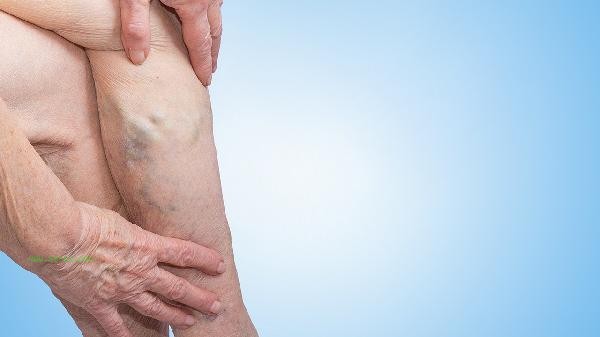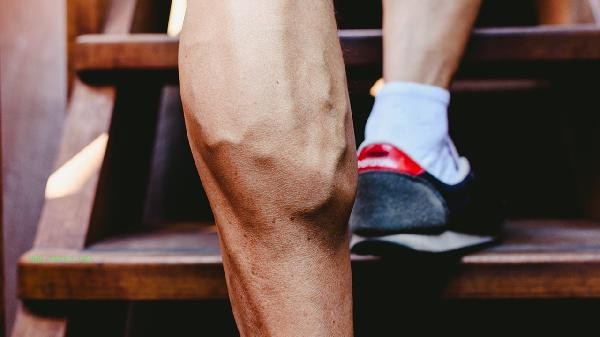The diagnosis of muscle contracture requires a comprehensive evaluation of electromyography, blood biochemistry tests, imaging examinations, muscle biopsy, and genetic testing. Muscle contractures may be caused by electrolyte imbalances, neurological disorders, muscle diseases, metabolic abnormalities, or genetic factors.

1. Electromyography
Electromyography can distinguish between neurogenic or myogenic contractures by recording muscle electrical activity to assess neuromuscular functional status. During the examination, it is necessary to insert the electrode needle into the target muscle and observe the potential changes during rest and contraction. Diseases such as peripheral nerve injury and motor neuron disease often manifest as abnormal spontaneous potentials, while muscular dystrophy often shows a shortened duration of motor unit potentials.
2. Blood biochemistry test
Blood testing can screen for muscle contractures caused by electrolyte imbalance and metabolic abnormalities. Focus on detecting serum potassium, calcium, and magnesium ion concentrations. Hypokalemia or hypercalcemia can cause abnormal muscle fiber contraction. Elevated levels of creatine kinase indicate muscle damage, abnormal lactate dehydrogenase may be associated with glycogen storage disease, and thyroid function testing can rule out endocrine myopathy.
3. Imaging examination
Magnetic resonance imaging can clearly display changes in muscle structure and has diagnostic value for myositis, muscle trauma, or space occupying lesions. Ultrasound examination can dynamically observe the state of muscle contraction and assist in determining the degree of contraction. CT scan is suitable for evaluating secondary muscle lesions caused by skeletal abnormalities or calcification, while spinal cord MRI can investigate the etiology of the central nervous system.

4. Muscle biopsy
By obtaining muscle tissue for pathological analysis, specific lesions such as muscular dystrophy and mitochondrial myopathy can be diagnosed. Special staining of biopsy samples can observe the distribution of muscle fiber types, infiltration of inflammatory cells, and abnormal mitochondrial morphology. Immunohistochemical testing can detect characteristic changes in hereditary myopathies such as loss of anti muscle atrophy protein.
5. Genetic testing
For patients with familial muscle spasms or early-onset contractures, gene sequencing can identify genetic diseases such as myotonic dystrophy and congenital muscle rigidity. Whole exome testing can screen for known pathogenic gene mutations, which has important diagnostic significance for unexplained refractory contractures and can provide a basis for genetic counseling.

The diagnosis of muscle contracture requires targeted examination combinations based on clinical manifestations, and reversible factors such as electrolyte imbalance should be prioritized for acute attacks. For patients with long-term recurrent contractures, it is recommended to conduct a comprehensive assessment of the neuromuscular system. Daily attention should be paid to maintaining water and electrolyte balance, avoiding excessive fatigue and cold stimulation. Warm up thoroughly before exercise, supplement magnesium and potassium rich foods such as bananas and dark green vegetables appropriately, and if necessary, perform rehabilitation training under the guidance of a doctor to improve muscle flexibility.








Comments (0)
Leave a Comment
No comments yet
Be the first to share your thoughts!